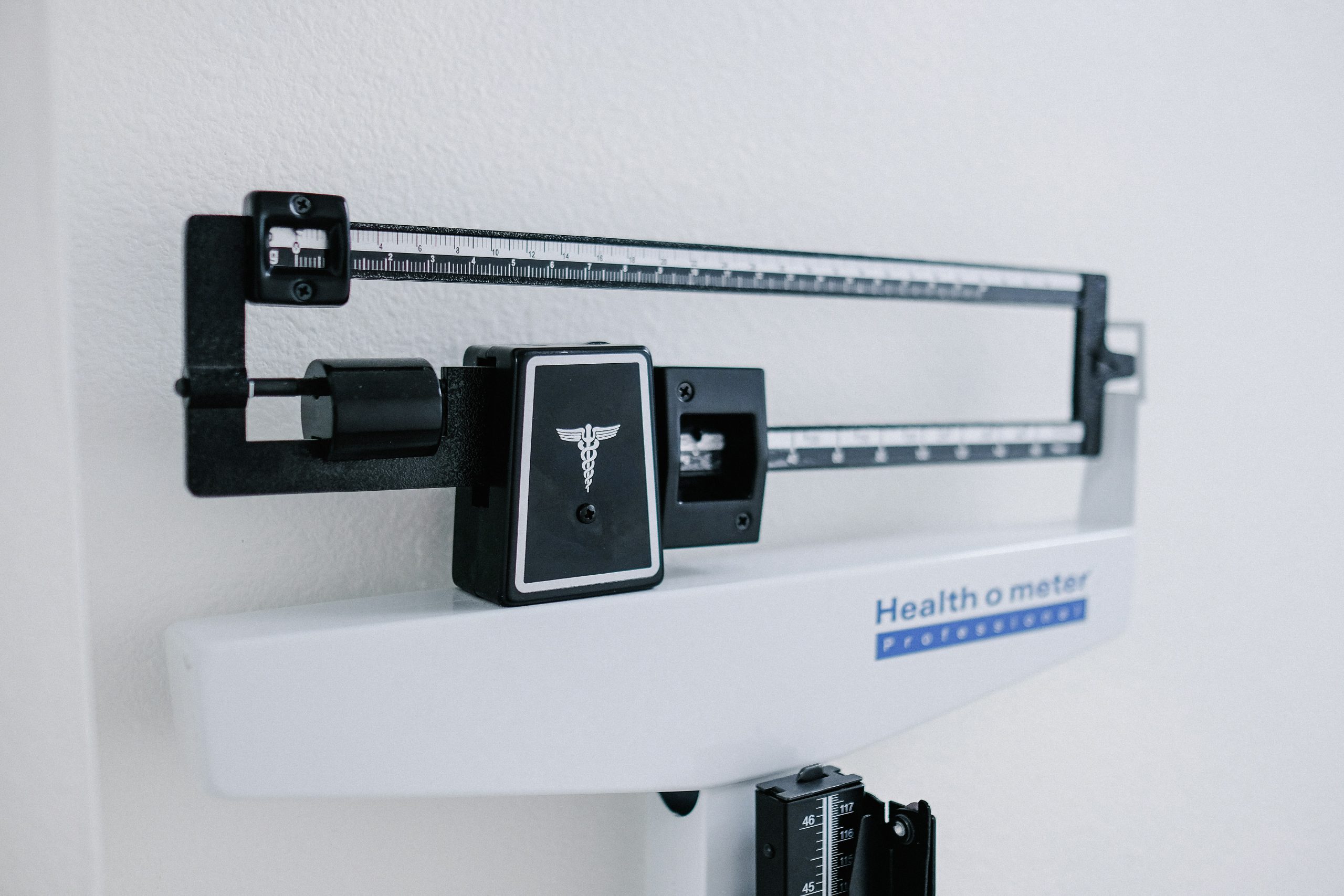
Have you ever felt frustrated stepping on the scale, seeing no change in weight despite weeks of consistent training and proper nutrition? The truth is that the number on your scale might be the least important metric in your fitness journey, especially if your goal is body recomposition.
What is Body Recomposition?
Body recomposition is the process of losing fat while building muscle at the same time. While this might sound too good to be true, it’s not only possible but also a more sustainable approach to achieving your dream physique than traditional bulk-and-cut cycles.
The Science Behind the Scale
When you’re building muscle and losing fat simultaneously, your weight might stay exactly the same, or even increase, despite looking leaner and more defined. Here’s why:
- Muscle tissue is more dense/weighs more than fat tissue
- One pound of muscle takes up approximately 22% less space than one pound of fat
- Muscle tissue contains more water, glycogen, and blood vessels
Better Ways to Track Your Progress During a Body Recomposition Phase
1. Body Measurements
Take monthly measurements of:
- Waist circumference
- Hip circumference
- Chest
- Arms (both relaxed and flexed)
- Thighs
- Calves
Pro tip: Always measure in the same spots and under similar conditions (preferably in the morning before eating).
2. Progress Photos
- Take photos every 2-4 weeks
- Maintain consistent:
- Lighting
- Pose
- Time of day
- Camera angle
- Wear similar clothing to make comparisons easier
3. Performance Metrics
Track these indicators of progress:
- Strength gains in major lifts
- Number of reps at given weights
- Endurance improvements
- Recovery time between sets
- Overall energy levels
4. Body Composition Tests
Consider these methods for tracking body fat percentage:
- DEXA scan (gold standard)
- Bioelectrical impedance
- Skin fold calipers
- 3D body scanning
Signs Your Body Recomposition Is Working
Even when the scale isn’t moving, look for these positive changes:
- Clothes fitting differently while weight stays the same
- Increased strength in your workouts
- Better muscle definition in progress photos
- Improved energy levels and performance
- Decreased measurements in some areas while others maintain or increase
Common Body Recomposition Mistakes to Avoid
1. Excessive Caloric Restriction
- Severe caloric deficits can hinder muscle growth
- Aim for a moderate deficit of 200-300 calories below maintenance
2. Insufficient Protein Intake
- Remember protein is critical for both muscle preservation and growth
- Target 1.6-2.2g of protein per kg of body weight
3. Inconsistent Training
- Progressive overload is key for muscle growth
- Maintain a consistent training schedule
- Include both resistance training and adequate recovery
The Bottom Line When it Comes to Body Recomposition and Weight Loss
Your body weight is just one data point in a complex journey of physical transformation. By focusing on multiple progress markers and understanding the science behind body recomposition, you’ll make better decisions about your training and nutrition while maintaining motivation through plateaus.
Remember: The mirror, your performance, and how you feel are often better indicators of progress than any number on the scale.
Action Steps for Readers
- Put away your scale or reduce weigh-ins to once every 2-4 weeks
- Take comprehensive measurements and photos today
- Start a training log to track performance metrics
- Review your nutrition to ensure adequate protein intake
- Set performance-based goals rather than weight-based ones
Are you ready to stop letting the scale control your fitness journey? Get started your journey today!
Author: Juli Piscedda, Personal Trainer



